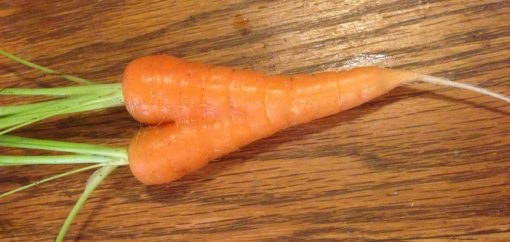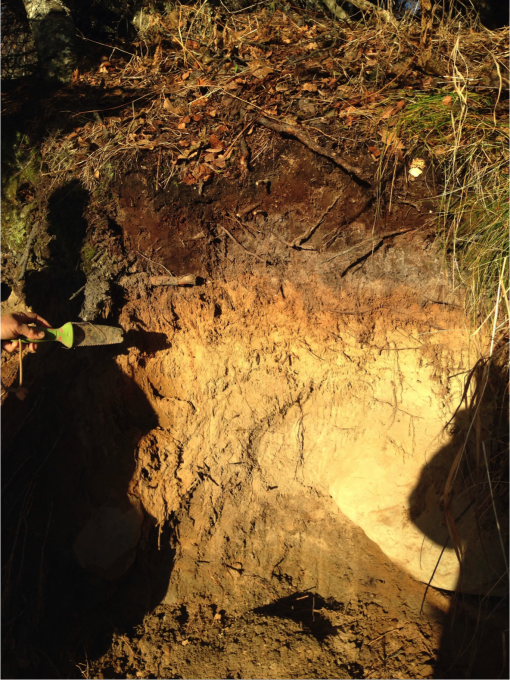
This guide is for Alaska educators to incorporate hydroponics into your classroom. There are five sections included in this guide, and they are presented in order, with the beginning sections giving you what you need to know/do first to get started, following with a section on lesson plans to help you teach important aspects of growing plants. There are many resources out there to help with this process, and this guide concludes with some of those resources. Using hydroponics in the classroom is a wonderful way to connect students to Read More …







